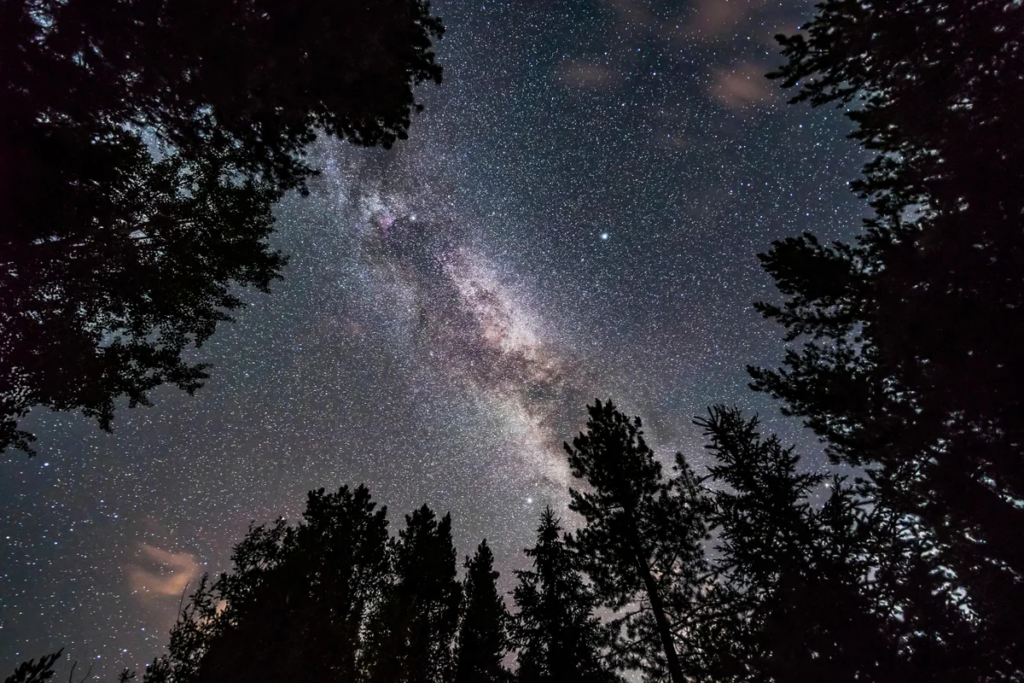The Stars And The Sun
key notes :
The Sun:
What is the Sun?

- The Sun is a star at the center of our solar system.
- It is a giant ball of hot gases, mostly hydrogen and helium.
Importance of the Sun:
- The Sun provides light and heat, making life possible on Earth.
- It helps plants grow through a process called photosynthesis.
Size and Distance:

- The Sun is much larger than Earth, about 1.3 million times the size of Earth.
- It is approximately 93 million miles (150 million kilometers) away from Earth.
How Does the Sun Shine?
- The Sun produces energy through a process called nuclear fusion, where hydrogen atoms combine to form helium.
The Stars:

What Are Stars?
- Stars are massive, glowing balls of gas that emit light and heat.
- They appear as tiny points of light because they are far away.
How Are Stars Different from the Sun?
- The Sun is a star, but it appears larger and brighter because it is much closer to Earth.
- Other stars are similar to the Sun but may vary in size, brightness, and color.
Star Colors:

- Stars can be red, yellow, or blue depending on their temperature.
- Blue stars are the hottest, and red stars are cooler.
Constellations:
- Groups of stars that form patterns in the sky are called constellations.
- Examples include Orion (The Hunter) and Ursa Major (The Big Dipper).
Fun Fact:
- Stars twinkle because their light passes through the Earth’s atmosphere, which makes it shimmer.
Relationship Between the Sun and Stars:
- The Sun is the closest star to Earth.
- At night, we see other stars because the Sun’s light does not overpower them.
Why Do Stars Seem to Move?
- The movement of stars across the sky is due to the rotation of the Earth.
Let’s practice!

